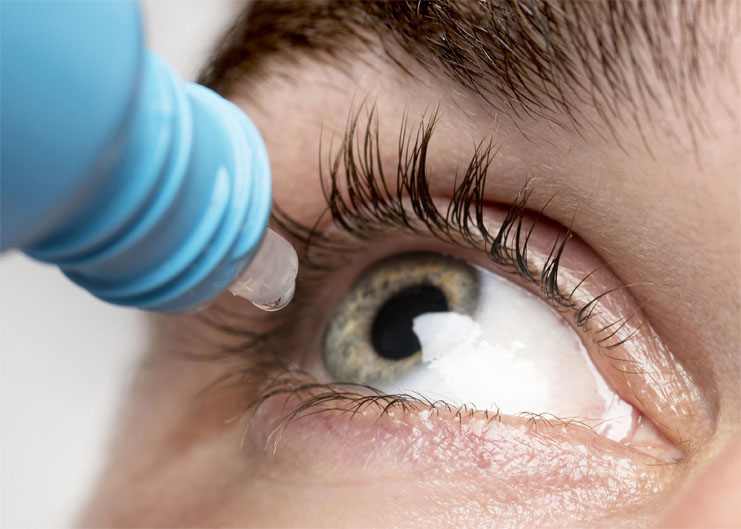What Causes Dry Eyes?
Environmental Factors
Environmental factors like dry or windy weather, air conditioning, and indoor heating can contribute to dry eye symptoms by increasing tear evaporation and reducing humidity levels in the air.
Aging and Hormonal Changes
As we age, our production of tears can decrease, leading to an increase in the risk of dry eye syndrome. Hormonal changes, like those experienced during menopause, can also affect tear production and quality.
Medical Conditions and Medications
Certain medical conditions, like autoimmune diseases, diabetes, and thyroid disorders, can affect tear production and quality, leading to dry eye symptoms. Additionally, medications such as antihistamines, decongestants, and antidepressants can cause or exacerbate dry eye syndrome as a side effect.
Symptoms of Dry Eye Syndrome
Dryness and Irritation
One of the most common symptoms of dry eye syndrome is a persistent sensation of dryness or grittiness in the eyes, often accompanied by itching, burning, or stinging sensations.
Redness and Inflammation
Dry eyes may appear red and inflamed due to irritation and inflammation of the conjunctiva, the thin membrane that covers the whites of the eyes.
Blurred Vision and Sensitivity to Light
Dry eye syndrome can cause fluctuations in vision quality, including blurred vision and difficulty focusing. Additionally, people with dry eyes may experience increased sensitivity to light, especially in bright or windy environments.
Lifestyle Changes for Dry Eye Relief
Proper Hydration and Nutrition
Staying hydrated and maintaining a balanced diet rich in omega-3 fatty acids, vitamins A, C, and E, and antioxidants can help support overall eye health and improve tear production.
Blinking Exercises and Screen Breaks
Taking regular breaks from digital devices, practicing blinking exercises to stimulate tear production, and using lubricating eye drops can help reduce eye strain and alleviate dry eye symptoms associated with prolonged screen time.
Humidifiers and Air Filters
Using humidifiers to increase indoor humidity levels and air filters to remove allergens and irritants from the air can help reduce dry eye symptoms caused by environmental factors such as dry air and airborne pollutants.
Eye-Friendly Workplace Adjustments
Making ergonomic adjustments to your workspace, such as positioning your computer monitor at eye level, using an adjustable chair with proper back support, and reducing overhead lighting glare, can help reduce eye strain and discomfort associated with dry eye syndrome.
Conclusion
Dry eye syndrome can be challenging to manage, but relief is possible with the right approach and proper care. By implementing lifestyle changes, practicing good eye hygiene, and seeking professional guidance and treatment, people with dry eyes can find comfort and enjoy improved eye health and quality of life.
Remember to prioritize your eye health and seek help from an eye care specialist at Tayani Institute if you experience persistent or severe dry eye symptoms. Proper treatment and management strategies allow you to soothe your dry eyes and maintain optimal eye comfort and function for years.


